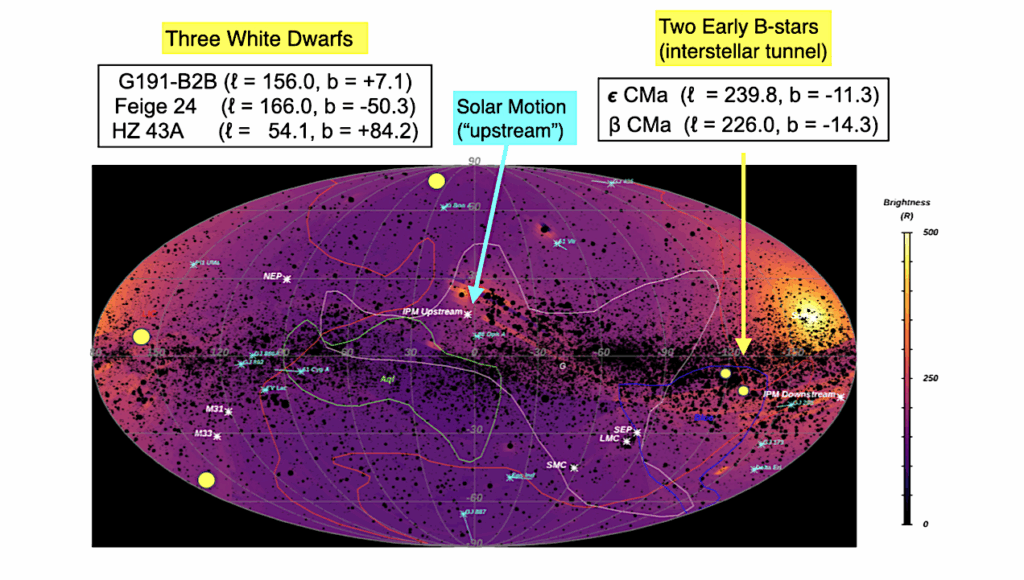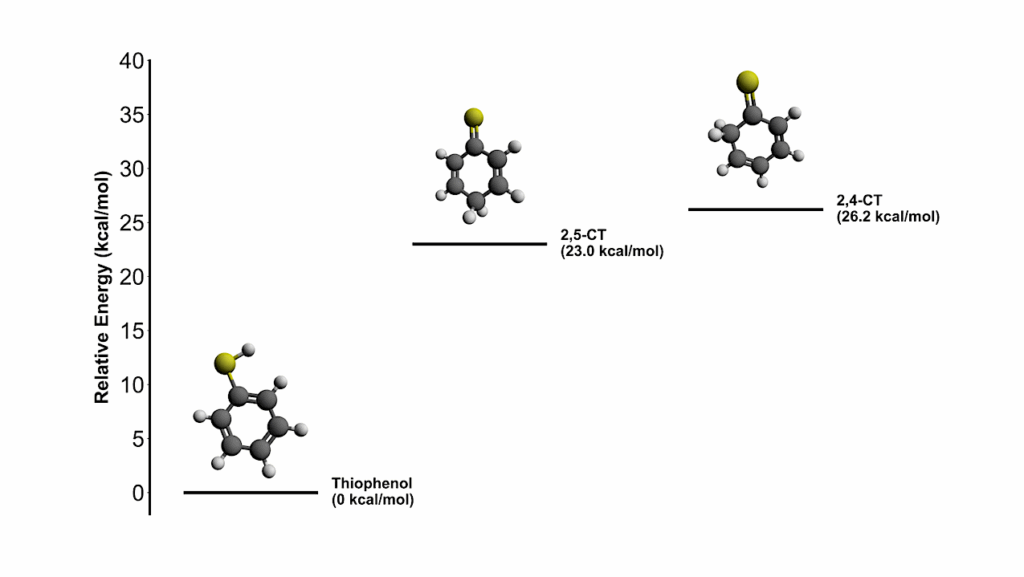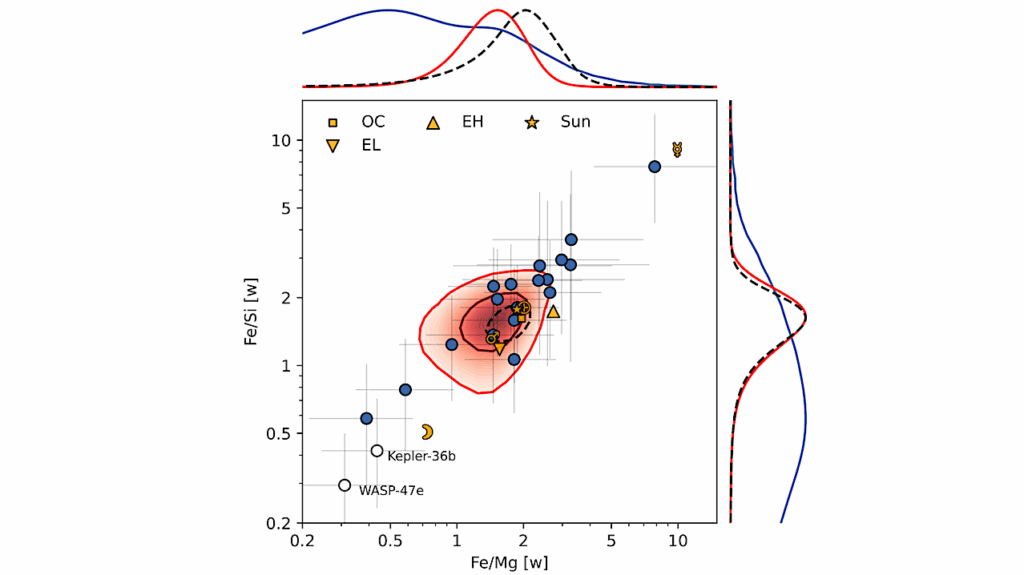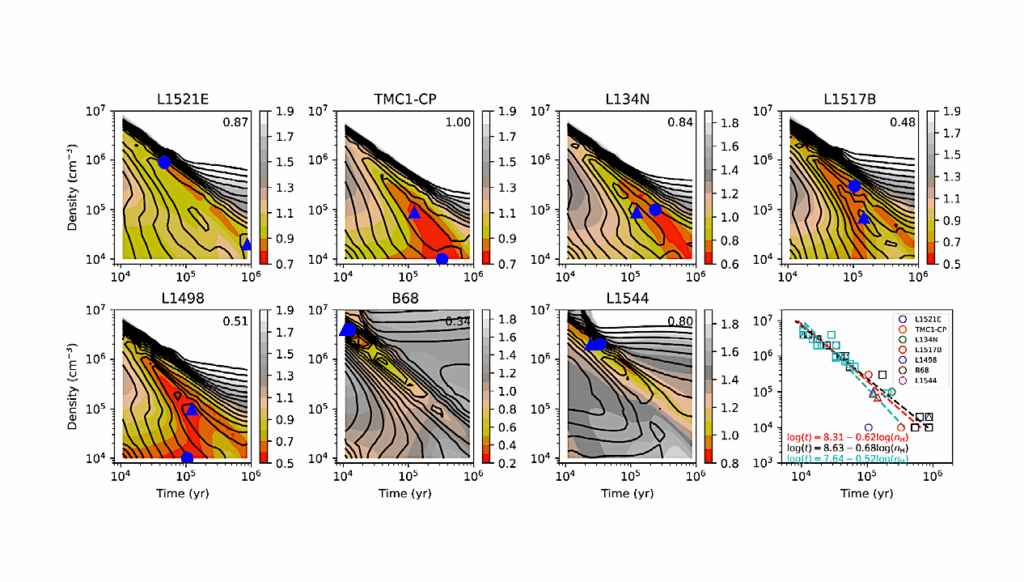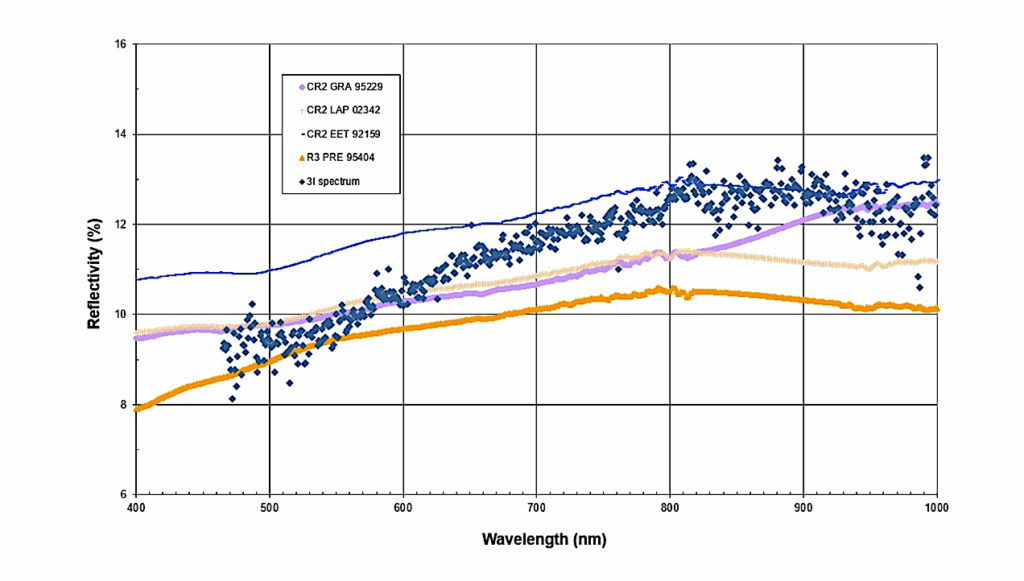GJ 238 b: A 0.57 Earth Radius Planet Orbiting an M2.5 Dwarf Star at 15.2 pc
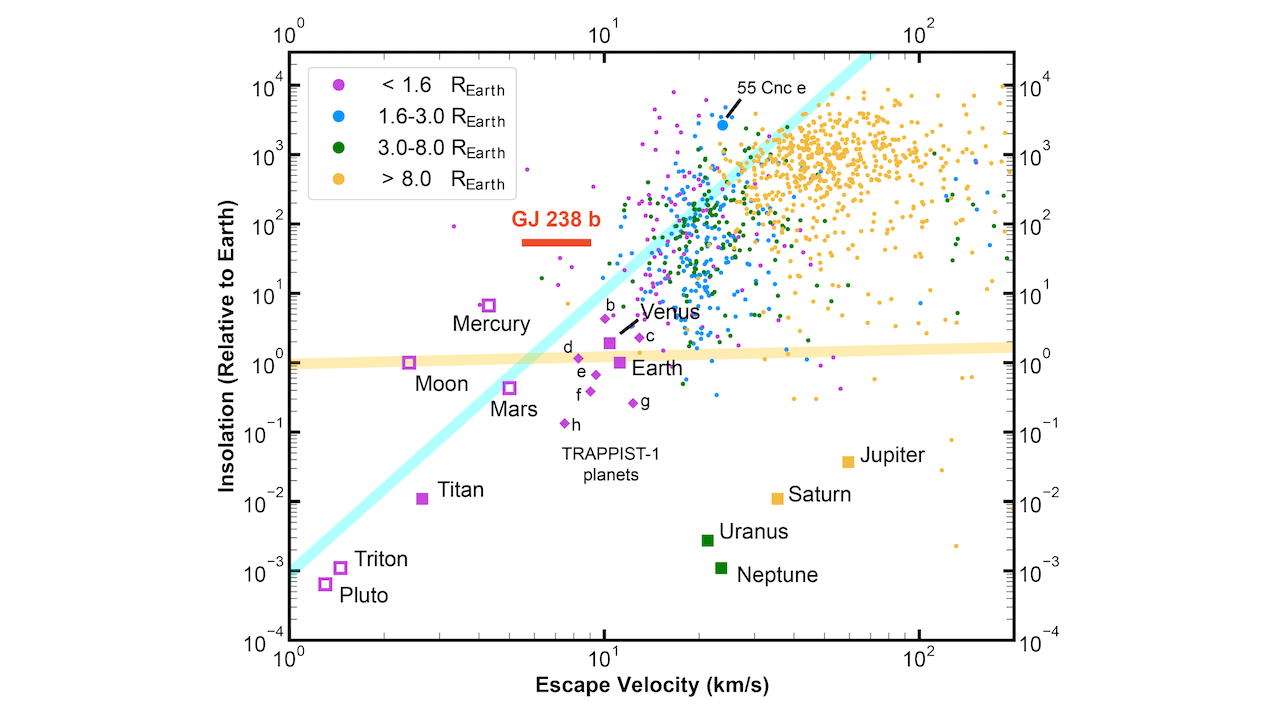
We report the discovery of the transiting planet GJ 238 b, with a radius of 0.566±0.014 R⊕ (1.064±0.026 times the radius of Mars) and an orbital period of 1.74 day.
The transit signal was detected by the TESS mission and designated TOI-486.01. The star’s position close to the Southern ecliptic pole allows for almost continuous observations by TESS when it is observing the Southern sky.
The host star is an M2.5 dwarf with V=11.57±0.02 mag, K=7.030±0.023 mag, a distance of 15.2156±0.0030 pc, a mass of 0.4193+0.0095−0.0098 M⊙, a radius of 0.4314+0.0075−0.0071 R⊙, and an effective temperature of 3,485±140 K.
We validate the planet candidate by ruling out or rendering highly unlikely each of the false positive scenarios, based on archival data and ground-based follow-up observations. Validation was facilitated by the host star’s small size and high proper motion, of 892.633±0.025 mas yr−1.

Speckle imaging of GJ 238. Each panel shows the contrast curve, in magnitude difference as a function of angular distance from the target in arcsec, and the speckle auto-correlation function (ACF) in the inset. Top: Speckle imaging obtained at SOAR in the I band, on UT 2020 February 10. Bottom: Speckle imaging obtained with GeminiSouth/Zorro, on UT 2020 March 13, in 562 nm (blue line) and 832 nm (red line and inset). — astro-ph.EP
Evan Tey, Avi Shporer, Zifan Lin, Keivan G. Stassun, Jack J. Lissauer, Coel Hellier, Karen A. Collins, Kevin I. Collins, Geof Wingham, Howard M. Relles, Franco Mallia, Giovanni Isopi, John F. Kielkopf, Dennis M. Conti, Richard P. Schwarz, Aldo Zapparata, Steven Giacalone, Elise Furlan, Zachary D. Hartman, Steve B. Howell, Nicholas J. Scott, Carl Ziegler, Cesar Briceno, Nicholas Law, Andrew W. Mann, David Charbonneau, Zahra Essack, Stephanie Striegel, George R. Ricker, Roland Vanderspek, Sara Seager, Joshua N. Winn, Jon M. Jenkins
Comments: Published in AJ
Subjects: Earth and Planetary Astrophysics (astro-ph.EP)
Cite as: arXiv:2407.18199 [astro-ph.EP] (or arXiv:2407.18199v1 [astro-ph.EP] for this version)
Journal reference: AJ, 167, 283 (2024)
Related DOI:
https://doi.org/10.3847/1538-3881/ad3df1
Focus to learn more
Submission history
From: Avi Shporer
[v1] Thu, 25 Jul 2024 17:08:41 UTC (2,386 KB)
https://arxiv.org/abs/2407.18199
Astrobiology


